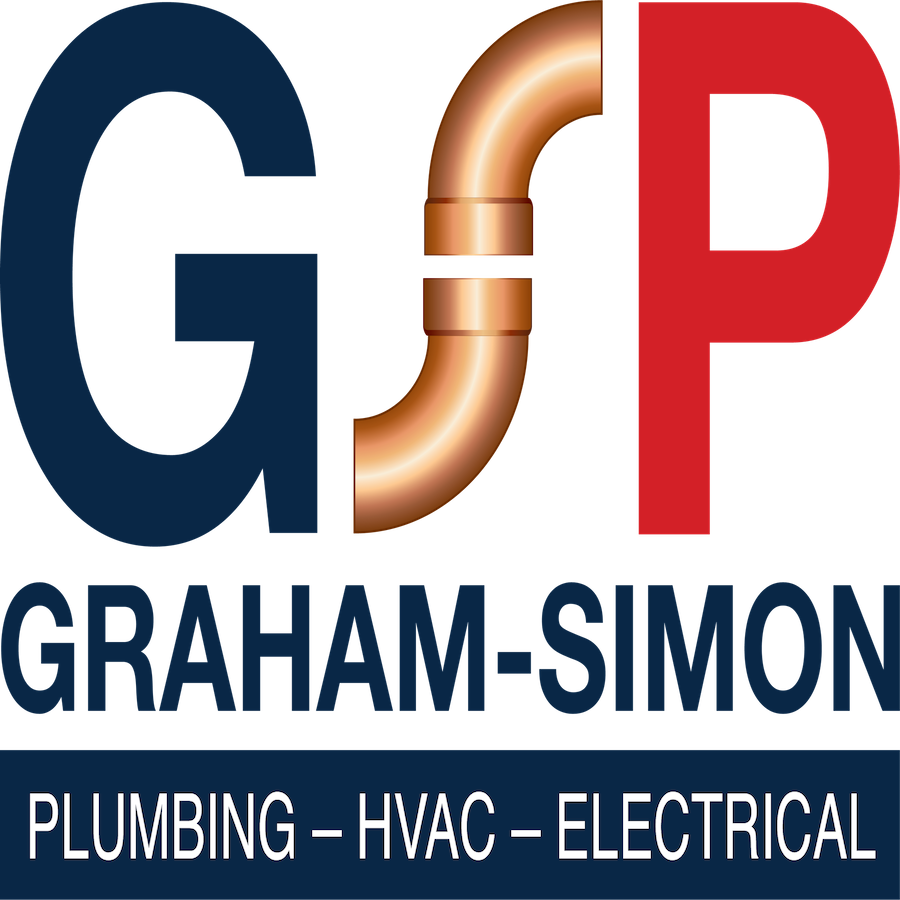Mini-Split Air Conditioners: What They Are and How They Work
Most homeowners are most familiar with central air conditioners and furnaces, but it’s important not to forget about other products including ductless mini-splits.
Mini-split systems are a type of ductless heating and cooling. In place of delivering conditioned air to the entire residence with a network of air ducts, they heat and cool a single room at a time. This allows more advanced temperature control, increasing comfort and energy efficiency.
How Do Mini-Split Air Conditioners Work?
Mini-splits most closely resemble heat pumps in the way they operate. Both kinds of equipment provide electric cooling, just like an air conditioner. This involves using refrigerant to draw out heat from in a building and issuing that warmth outside. Then, a reversing valve permits the system to run backward, warming your residence in the winter by removing heat from outdoor air and bringing it inside.
The largest distinction between mini-splits and heat pumps is that mini-split systems don’t need ductwork. Alternatively, the indoor unit has a built-in air handler, which is installed on the wall or ceiling in the area you wish to heat and cool. Copper tubes, wiring and a condensate drain line join to an outdoor condensing unit through a small conduit in the wall. This exterior component looks like an air conditioner or heat pump condenser.
Multiple indoor units can link to a single outdoor condenser, enabling you to heat and cool your entire house with this system if wanted. This set-up also makes zoning feasible, a highly desirable feature that lets you determine when, where and how much you heat and cool specific rooms.
Is a Ductless Mini-Split Right for My House?
Mini-splits are a fantastic solution for most households. Think about these reasons why installing a ductless mini-split could be right for your home:
You can heat and cool a complete home that lacks existing ductwork.
It’s possible to switch off the heat and air conditioning in empty rooms to save on your energy bills.
Mini-splits give supplementary heating and cooling for areas that are hard to keep comfy.
Use a ductless system to heat and cool a residence addition or enclosed porch without the cost of adding ductwork or the inconvenience of having window AC units.
Mini split systems are the natural choice for spaces where overhead ductwork is impractical. A few examples are period houses, tiny homes, temperature controlled sheds or workshops, or garage conversions.
What are the Pluses of a Mini-Split System?
Ductless mini-splits are very effective systems, but you may still be considering why you would want to install it over a regular furnace and air conditioner. Here’s why a large number of North America homeowners are installing ductless mini-splits:
Avoid the pitfalls of ductwork: By delivering heated and cooled air directly, air doesn’t move through holey air ducts on its way to all rooms. This can save you nearly 30 percent on your heating and cooling costs. Along with that, if your home doesn’t already include ducts, you avoid the inconvenience and cost connected to installing them.
Choose the best setting for every room: With zoned heating and cooling from a ductless mini-split, you can keep an office cool while maintaining a warm nursery—all while making the most of energy efficiency.
Use less money and energy by not heating and cooling vacant areas: Securing supply registers in a central HVAC system can throw it off balance, putting stress on the equipment and invalidating any potential savings. But with detached air handlers in each room, you can heat and cool specific rooms only when you need them.
Rely on Graham-Simon Plumbing, HVAC, and Electrical to Add Your Mini-Split Air Conditioner
The same as traditional HVAC systems, ductless mini-splits require accurate sizing and Expert installation to provide the greatest performance. Our knowledgeable technicians can help you figure out if a mini-split system will fit your needs. We can then help you with determining the correct equipment size and model to make your residence as comfortable and energy-efficient as possible.
The best way to maintain a healthy HVAC system is to have periodic maintenance checks conducted by a professional. Your licensed HVAC technician will be able to conduct a full inspection of your system to identify potential risks before they turn into costly problems.
Sign up for our maintenance agreement for 4 professional tune-ups a year:
Precision A/C Tune–Up
Precision Electrical Tune–Up
Precision Plumbing Tune–Up
Precision Heating Tune–Up


